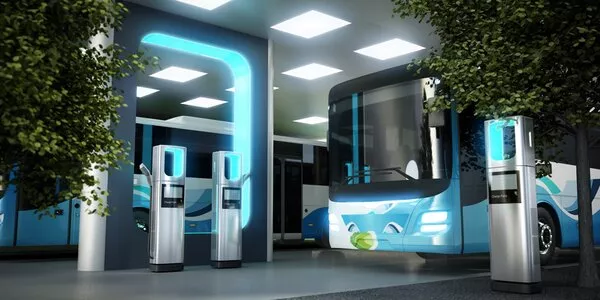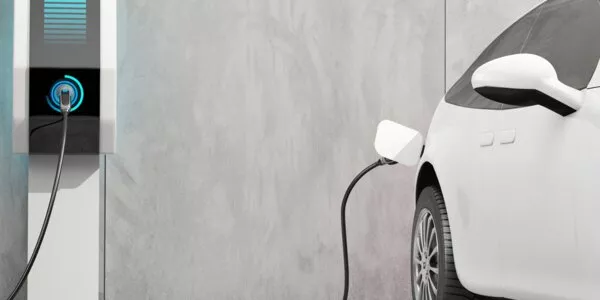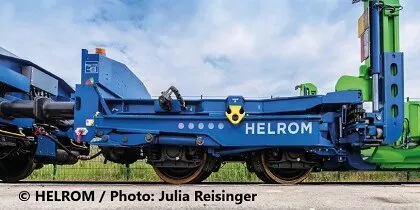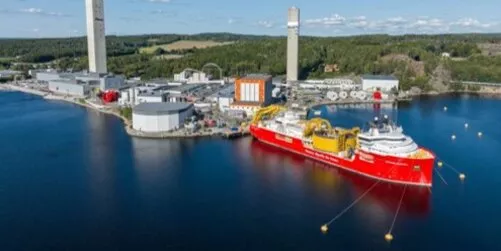
It’s Asia’s Turn For Offshore Wind Farms
Taiwan is taking centre stage for renewable energy in Asia
The financial close of Asia’s first commercial-scale offshore wind farm to be project financed, Formosa 1 in Taiwan, marked a key step forward for the island’s efforts to increase the share of renewables for its future electricity generation. Taiwan’s power sector is expected to undergo significant transformation over the next decade as its government targets its goal of generating 5.5 GW of offshore wind power total installed capacity by 2025[1].
The offshore wind market has been a success in Western Europe and it is now taking roots in Asia. As of the end of 2017, the world boasted 18,814 MW of offshore wind capacity, 84% of which is located in European countries with the UK and Germany taking the first and second spots respectively. The remaining offshore wind farm installations are located largely in China, followed by Vietnam, Japan, South Korea, the United States and Taiwan[2].
Taiwan is set to become one of the offshore wind power hotspots in Asia driven by its Government’s New Energy Policy to actively develop green energy and increase the share of renewables in total electricity generation to 20% by 2025[3]. In addition to the strong push from its government, wind resources and technology advances are also favorable for the development of offshore wind in Taiwan.

Formosa 1 is one of three offshore wind projects awarded by the “Offshore Wind Power Demonstration Incentive Program” launched by the Taiwanese government aimed at driving the development of its offshore wind power. Situated on the west coast of Taiwan, the first phase of two 4MW wind turbines has been operational since April 2017. The second phase of the project, targets to achieve construction completion by 2019, will add an extra 120MW of capacity through 20 offshore wind turbines. The project is jointly developed by Macquarie Capital (50% ownership), Ørsted (35%) and Taiwanese developer Swancor Renewable (15%)[4].
Societe Generale acted as Mandated Lead Arranger and lender for both the Danish export credit agency EKF Covered and Commercial Facility and as Technical Bank and Hedge Provider for the financing of the Formosa 1 Offshore Wind Project.
Societe Generale is also the first foreign bank to have obtained the local regulator’s approval to issue Taiwan local currency denominated “Positive Impact Bonds[5]”. The proceeds will be used to fund this Formosa 1 Offshore Wind project, as well as the other upcoming renewable projects.
We have been able to set precedent with the first project financing in the Taiwanese offshore wind industry and the first commercial-scale offshore wind farm to be project financed in Asia, adding to our leading track record in Asia’s renewable energy space and demonstrating our ability to support this new renewable asset class in a fast-growing Asian market for offshore wind. As a milestone project for Societe Generale’s renewable franchise in Asia, the success of Formosa 1 underpins Societe Generale as the only truly global offshore wind bank with projects in the US, Europe and Asia
Head of Natural Resources and Infrastructure for Asia Pacific, Societe Generale Corporate & Investment Banking
We are very pleased to contribute to the Formosa 1 Offshore Wind Project, which supports the Taiwan government’s New Energy Policy. Our ability to provide our client with a one-stop solution spanning renewable energy project financing, ECA experience, hedging expertise and local currency funding capacity further strengthens Societe Generale’s leading position in the Positive Impact Finance space
Country Head for Societe Generale in Taiwan




